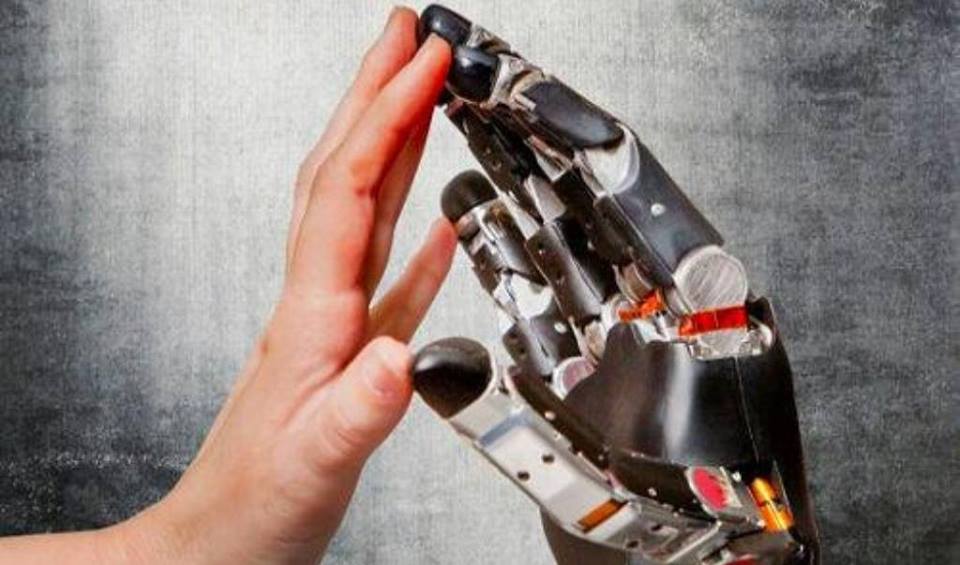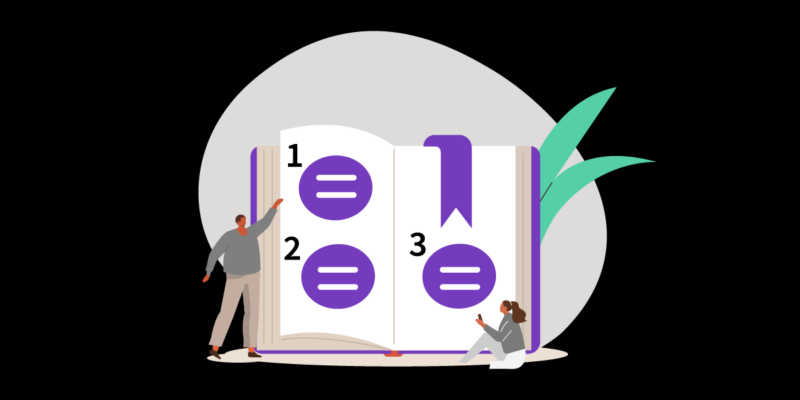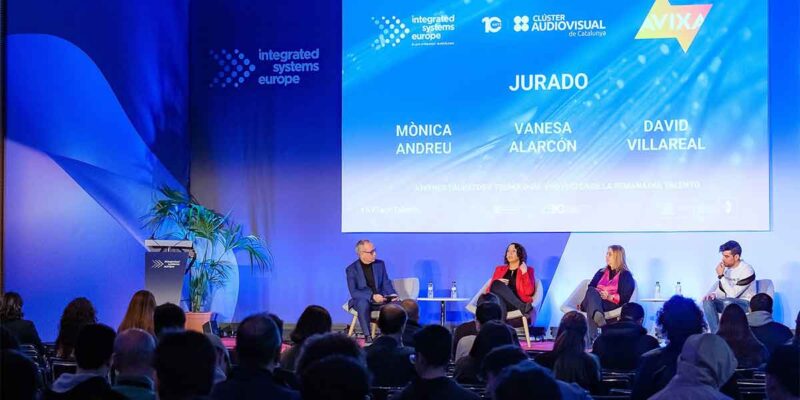The Humanity of Technology
In 2017, the audiovisual trade organization known as InfoComm formally changed its name to the Audio Visual and Integrated Experiences Association or AVIXA.
The addition of that little “X” caused some consternation among many in the industry at the time, and there are still some industry Luddites who take shots at the idea of adding experience as a core pillar of the organization. Their argument is that we should be focusing on core skill sets, technical know-how and product development. Many of these same people also purport that we shouldn’t allow end users into our trade organization, but focus inward on the members of the trades and manufacturer partners instead.
Experiences are subjective, and that makes people nervous. How do you deliver an objective result against the subjective measure of experience? I understand the point of view, but I believe it is flawed at it’s very core, and I’ll tell you why.
EVERYTHING we do as AV professionals is subjective.
Yes, we can meet all sorts of defined performance parameters around brightness, contrast, STI, dB and SPL, and delivering systems that adhere to best practices around these standards is the minimum bar to being a quality professional in our industry.
When the switch is flipped and the system is turned on, moving air at resonant frequencies and emitting light at various wavelengths, the final translation of all that hard science is interpreted by the soft, squishy matter of a human being.

To put a finer point on it, there is no AV that is NOT experienced, so adding experience to our charter as a trade organization was long overdue.
This shift towards experience requires a fundamental shift in the center of the design process as well. If the human is the final interpreter of the experience itself, then the human has to be at the center of the design process as well. As AV professionals, we can’t start with the building and the IT infrastructure and work inward toward the person at the center. We have to start with the person and the desired outcome, and then work outward to define the infrastructure, platforms, and environment.
Whether you’re a company looking to deploy new workplace technologies or a business trying to get new customers or a university recruiting new students, now more than ever, you have to put people at the center of the technology design process if you want to maximize the impact and ROI of your technology investments.
This requires learning a lot about the people experiencing the technology and defining what your desired outcome is.
Who are these people?
Are there different sub-groups or personas within the larger group?
What do you want them to do?
What is their current mindset?
What are their current workflows?
What are their buying habits?
What change(s) would they need to make in mindset, workflows, or habits to inspire a change toward your desired outcome?
How do you get their attention?
Once you have it, what information do you need to share or story do you need to tell to create that change?
What is the best medium and format to share that information or tell that story?
If the action needed is immediate, how do you create a sense of urgency?
If the action is delayed, how do you make the message memorable?
Now look at the questions above.
How many of these questions are part of your discovery or needs analysis process? How many times do we get access to end users when designing systems or user interfaces?
Of course, the facilities and platforms are undeniably important in proper system design, implementation, delivery and support, and they’ll continue to be important pillars of our businesses, however …
If we are to continue to be valuable and profitable in a world of simplified systems, virtualized hardware, and lower margins and selling prices, we need to focus on experience and the human side of technology.





